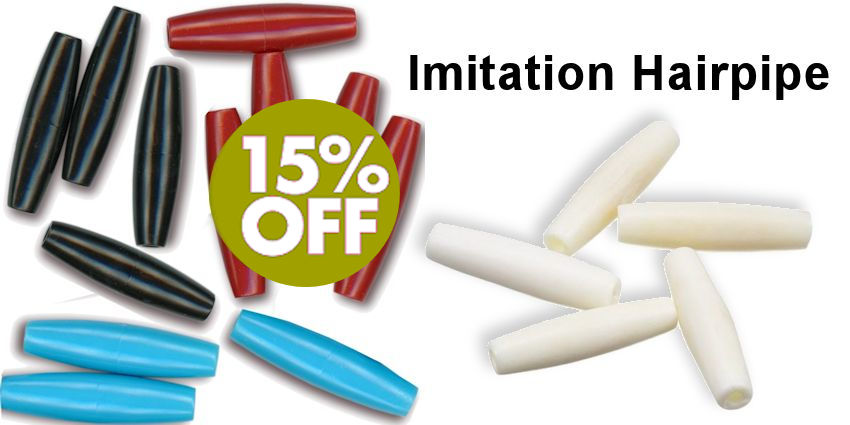

Bowie Knife Origins: A Brief History
Many Claim “Creator of Sandbar Bowie” Status
By Crazy Crow Trading Post ~ April 20, 2017
Bowie Knife Origins:
A Brief History
Many Claim “Creator of Sandbar
Bowie” Status
By Crazy Crow Trading Post ~ April 20, 2017
In 1838, Rezin P. Bowie, brother of James Bowie of Alamo fame, claimed that he made the first Bowie knife while the Bowies lived in Avoyelles Parish, Louisiana. He designed it as a hunting knife and gave it to James for protection after his brother had been shot in the famous Sandbar Fight, which began in the Mississippi River across from the rough-and-tumble town of Natchez, Mississippi, in 1827. Wounded in 7 places and not expected to live, Bowie recovered, sealing his reputation as a knife-fighting master that grew to mythic proportions, which was bolstered by the public’s infatuation with his knife.

Bowie No. 1
No American knife design carries the weight of legend and history like the famous Bowie Knife. Hundreds of articles and numerous books have been written about Jim Bowie and his knife. No one knows who made the first Bowie knife, and this has been the subject of ongoing controversy for nearly 200 years. It has been the mainstay of the Rocky Mountain trappers, Confederate soldiers, buffalo hunters, adventurers and even senators and governors ever since its origin. Most sportsmen recognize the knife immediately, even though it comes in wide variations of shape, size, and handle and guard style.
The original knife has been attributed to more than a dozen makers of the “original” Sandbar Fight Bowie knife, from a New Orleans knife-smith known only as “Pedro” to Bowie’s older brother, Rezin. Among other likely prospects are three blacksmiths: Love or Lovell Snowden, Jesse Clifft, and James Black.
Regardless of its original shape, the Bowie knife soon assumed some of its legendary characteristics, with a coffin-shaped handle, heavy cross guard, and sweeping clip-point blade with its partially sharpened top “false” edge.

Searles Bowie Knife
These knives proved to be quite deadly, and were touted throughout the country as “drinking blood from New Orleans to Dubuque and from Savannah to Brazos.” The State of Tennessee banned the sale of Bowie knives in 1828 and in 1837, the Arkansas Speaker of the House killed one of his fellow legislators on the floor of the Arkansas House of Representatives with a Bowie knife! Alabama passed that same year stating that anyone who killed someone with a Bowie knife “shall suffer the same as if the killing had been by malice and aforethought.”
All of this notoriety sparked mass production of Bowie knives, both in America as well as in Sheffield, England. Over 30 factories mass-produced knives and flooded American ports with Bowies in various renditions and in various qualities, some good and some not so good and some large and some small. Many Civil War era Bowies were the size of small swords.
One well-documented knife is the “Searles Bowie that has been on display at the Alamo for many years. It is straight-backed, with a small crossguard and checkered ebony grip, and was given as a gift by Rezin Bowie in the late 1830s.
Another well-known Bowie can be found on exhibit at the Historic Arkansas Museum in Little Rock. It is almost 18-3/8” long, with a coffin handle wrapped in silver and without a guard. This awesome knife was made by James Black, a blacksmith from Washington, Arkansas, and is marked “Bowie No. 1”. Whether it is “the” original or not, is open to speculation.
Crazy Crow Articles
Current Crow Calls Sale
May – June
SAVE 10%-25% on on popular powwow, rendezvous, historic reenactor, bead & leather crafter supplies. Powwow, Rendezvous, and Reenactment season is here! Save on many of our like 100% Wool Sawtooth Edge Stroud Cloth, Northern Style Domed Conchos in German Silver, Brass or Copper; Bison Splits Leather, Readymade Warbonnets, Popular Frontier Knives, Shell Discs & Hearts up to 3″; Strikers, Green River Knife Blades; Beading, Sharps & Glovers Needles & so much more!





